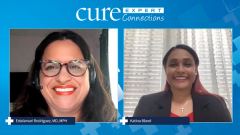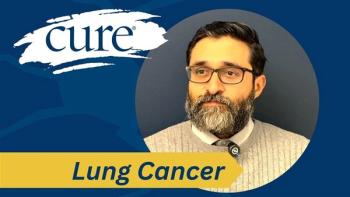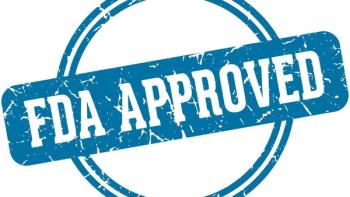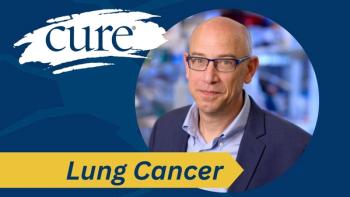
How to Decide on Novel Therapy for EGFR Exon 20–Positive NSCLC
Looking at available novel therapy for EGFR exon 20 insertion–positive NSCLC, experts consider how patients can play a part in identifying their best treatment option.
Episodes in this series

Transcript:
Estelamari Rodriguez, M.D., MPH: You mentioned poziotinib, which your husband was treated with on an expanded protocol. That drug is soon to be approved; the application has been accepted by the FDA because patients like your husband did have very dramatic responses. That’s another oral targeted therapy, and I also have patients who’ve received that drug. There are significant GI [gastrointestinal] side effects in terms of rash and diarrhea that need to be managed, but patients were responding. Having more options is always good for patients. When your husband was diagnosed, you had to find this drug in a program like that, but from the perspective of patients and caregivers, if you had different options, how would you approach that with your doctor? What questions are important to ask?
Katina Bland: First, I want to address the issue of awareness. If patients aren’t made aware, or even clinicians aren’t made aware of the things we’re discussing here, then we still have a problem because the greater population doesn’t understand that we have new tools in the toolbox to combat this disease. We do not have only what we’ve had for years, which was chemotherapy, radiation or surgery. We’ve really evolved, and it’s important. One thing I want to point out is that at the Exon 20 Group, we’re working toward greater public awareness, not just nationally but internationally. That’s because it’s important to first make the patient, clinician or both aware of the proper biomarker testing, but then we need to know what to do once they get those results. Our public policy wing at the Exon 20 Group is advocating and pushing for the passage of a biomarker-testing bill. That’s going on in several state legislatures: Arizona, Rhode Island, Ohio, Pennsylvania and some other states. Awareness will hinder all our progress, and the public isn’t aware. It’s important to draw attention to that need to make it known.
Estelamari Rodriguez, M.D., MPH: I applaud your efforts. It’s a health policy and system problem. As a patient, you’re following the directions of your doctor. If the system isn’t set up to require the right amount of tissue or the right test, then your care is hindered in a way that it shouldn’t be. It’s a system problem that could be addressed with the proper policy. I agree with you.
I wanted to dig a little more into the differences between these two drugs for patients who are listening. I mentioned amivantamab as an intravenous option: patients come into the office, and we have to prep them in case of an infusion reaction, which is very common in the first treatment and less common later on. But it had a very good response in what we call salvage therapy—after patients were failing treatment. All these drugs are approved for patients who failed platinum-based chemotherapy, but as these drugs get stronger and we recognize more patients, we have trials now testing these drugs up front. Many doctors in the community, when they find a target and there’s a good, targeted option, will try the drug up front. Right now, it’s approved for patients who have already had chemotherapy.
The other drug, mobocertinib, is what’s called a tyrosine kinase inhibitor. It’s a pill, and it’s active against EGFR. It’s also active against another receptor called HER2 [human epidermal growth factor receptor 2], which has an exon 20 insertion. It’s interesting that these receptors, EGFR and HER2, have some similar structures for when you can use mobocertinib. It also got isolated approval because it showed impressive response rates in patients who have failed treatment. You can’t compare one drug with the other because there were different studies, but the initial phase 1 had a response that was a little higher than the phase 2 data. The response was around 23% with a median progression-free survival around seven months.
The message is that these drugs are active. This is an oral drug. For a lot of patients I’ve treated with targeted therapy, having an oral drug and not having to come as often to the cancer center has allowed them to keep some quality of life. The only drawback to this drug is that it truly has some of these traditional tyrosine kinase inhibitor side effects—the rash and the diarrhea are more common. Any grade rash was about 92%, diarrhea was 92% and rash was 78%. You expect to see that.
Transcript edited for clarity.






